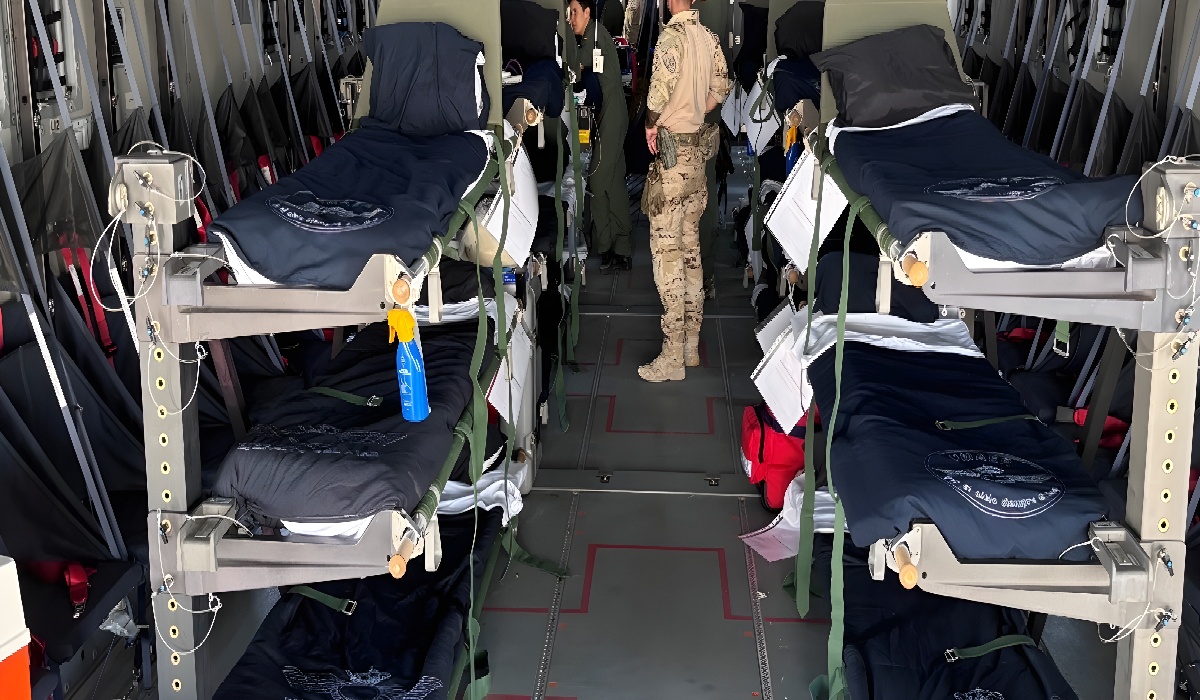F4E, DTT and Thales participants at the kick-off meeting, February 2024. ©F4E
The European Union, in trying to find more sustainable methods of energy, recently announced through the European Joint Undertaking for ITER and the Development of Fusion Energy (also known as Fusion for Energym, or F4E) that they signed a contract to manufacture electron cyclotrons. This contract was signed with the Divertor Tokamak Test (DTT), an Italian research center where that aims to have “a leading role in fusion research,” with one of the main goals “being to explore alternative solutions for the extraction of the heat generated by the fusion process,” and with Thales, a French “global technology leader with more than 77,000 employees on five continents” that is currently “…investing in digital and “deep tech” innovations – Big Data, artificial intelligence, connectivity, cybersecurity and quantum technology.”
What exactly are electron cyclotrons? And why is the European Union so willing to use them? According to the University of Michigan’s Plasmadynamics & Electric Propulsion Laboratory (PEPL), these machines are used “for ionizing and heating a plasma using electromagnetic (EM) waves.” Electromagnetic waves are used to ionize gas, which then creates a “thrust,” or a reactionary force. This thrust can potentially destroy electrodes present in plasma, “which are subject to erosion and failure in typical electrostatic thruster designs.” With Thales and DTT, F4E will receive 24 gyrotrons, machines that “emit electromagnetic waves at very high frequency and intensity.”
In theory, these machines will help F4E continue its mission of using fusion as an energy source. Fusion is the process of atomic nuclei combining and releasing energy. Nuclear energy has been floated around as a substitute for fossil fuels since its prominence in the 1950s. This idea is not without foundation; some advantages include the lack of greenhouse gas emissions and the fact that it is seen as safer than coal. However, according again to PEPL,
“… electromagnetic wave driven thrusters have not been able to match the performance and efficiency of traditional electric propulsion devices such as hall effect thrusters and ion thrusters….Recent studies have shown that ECR heating has the potential to greatly improve these numbers, however, the physics is not well understood.”
The question remains: should the EU invest 20 million euros in a project that isn’t guaranteed to be as productive as other solutions?
There is also a rather large (Russian) elephant in the room. Although the EU contributes half of F4E, the Russian Federation is involved in this project. The EU and Russia, due to Russia’s invasion of Ukraine, are at odds with each other, with the EU hitting Russia with sanctions immediately. However, Europe has not been able to let go of its Russian nuclear albatross. In this project, Russia will contribute eight gyrotrons. Should the EU be wary of this collaboration with Russia, or will the ends justify the means?









